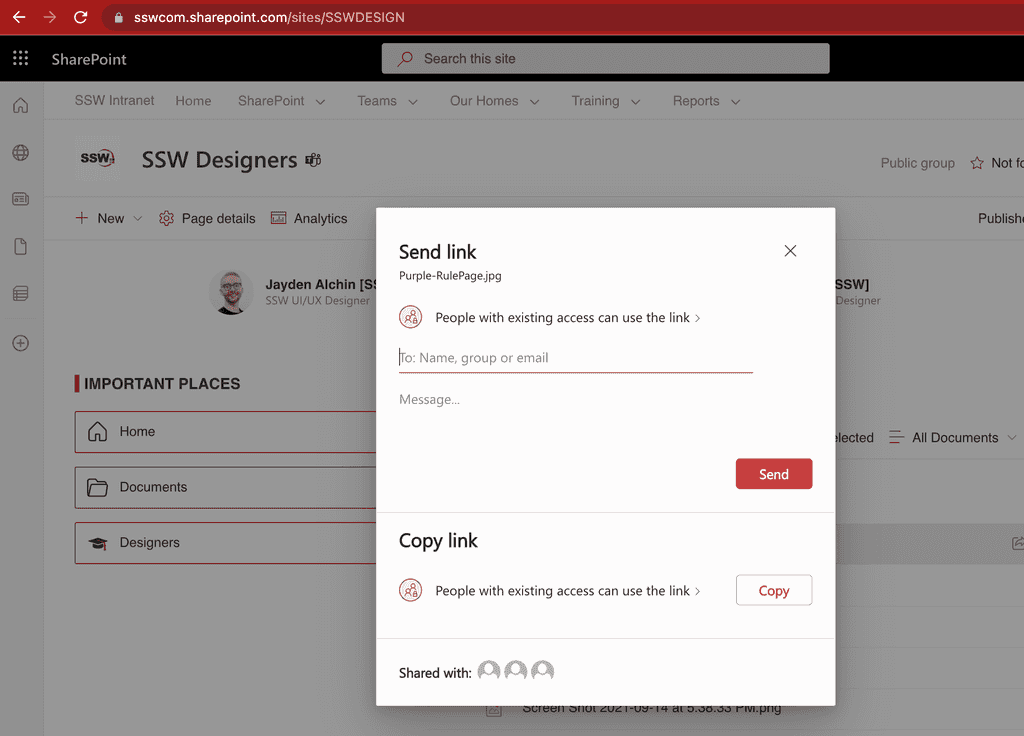Do you avoid huge images or attachments in emails?
Last updated by Tiago Araújo [SSW] about 1 year ago.See historyUsing screen captures is a good practice - pictures do tell a thousand words - but don't include unnecessarily huge images or attachments in your email.
When your attachment is too big, you should think twice.
Avoid large attachments. If you are sending an email with attachments or images that are greater than 1MB you need to consider:
-
Files - Could a URL be better than this attachment?
- Could I send this as a UNC to an internal share?
- Images - Could I put this picture on Google Photos or another image server?
| To: | Bob Northwind |
| Attached: | filename.png (2.5MB) |
| Subject: | Northwind app - New artwork |
Figure: Bad example - Sending a large attachment
| To: | Bob Northwind |
| Subject: | Northwind app - New artwork |
Dear Bob,
Thank you for spending time with us to come to a better understanding of your business requirements. Please review the new version of the artwork at filename.png
PS: Sending the image as a link as it is too big to attach.
Regards, Dave
Figure: Good example - Sending a link instead of an attachment
Note: An added advantage is that the document stays alive. If the URL has been updated and a user takes a week to get around to this email, they will view the latest version.
Tips
- Reduce the size by sending just the relevant part of the image you need
- Avoid .bmp. Use .jpg, .gif or .png instead
- If you are sending photos (every year cameras are making our photos bigger and bigger) you may need to resize them down.
- If you have multiple files, consider .zip them
- SharePoint was built with sharing files in mind and is a great way to collaborate. If you are using SharePoint to send a file you simply need to open the context menu, click "send to" and "email a link" as shown:

When can you break these size rules?
Basically, you should be practical:
- There is no other way under particular circumstances
- To keep the history if the file is already part of the thread

